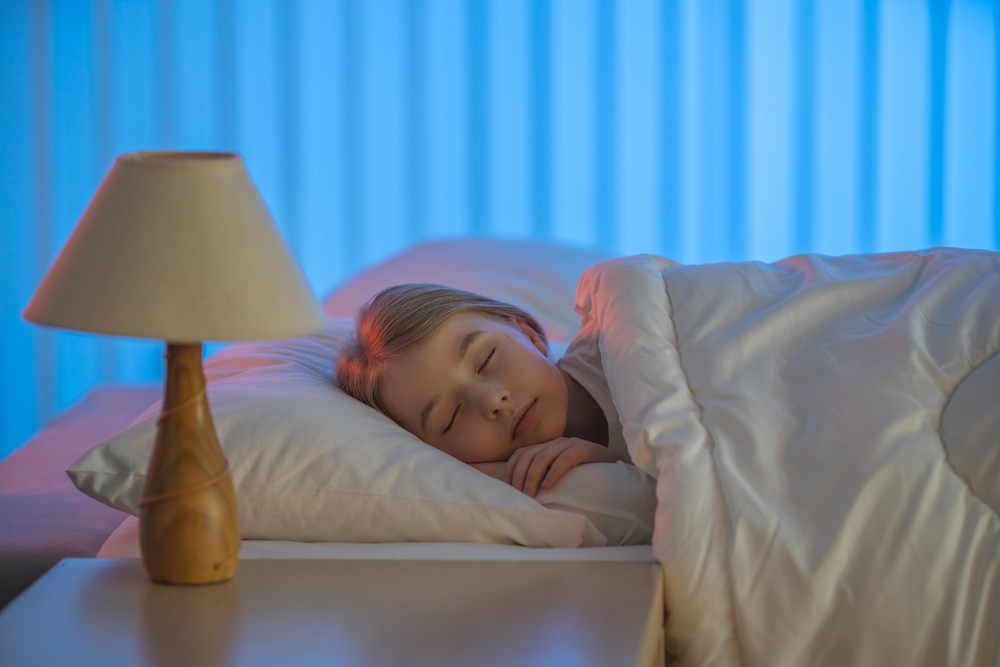Do you remember waking up in the middle of a night, terrified that there was a monster somewhere in your room? Not every child goes through this phase, but for those of us who did, it’s not that hard to remember how comforting it was to have a little bit of light in your room to put your fears to rest.

However, many of us hesitate to install night lights in our child’s room. Some professionals warn that it’s a bad practice, leading to sleep disruption, taking longer to fall asleep, and stopping the body from getting the most effective sleep. Read on to learn more information about the pros and cons of night lights and how you can determine whether it’s the right choice for your family.

Pros
- If your child is young and you often have to go in and check on an infant sleeping, or soothe or nurse in the middle of the night, a night light helps light the way in and out of the room without you having to turn on a light and further disrupt sleep.
- Night lights can help children with their fears, especially nightmares, which begin around two years old.
- Night lights can be especially useful during a potty training phase because children aren’t as afraid to take a trip to the restroom alone at night.
Cons
- Darkness cues melatonin production, which is the hormone that regulates our sleep patterns. Even when your eyes are closed, if your body is sensing light, it might not get as solid a night’s sleep as someone sleeping in total darkness. As we all know, sleep is an essential ingredient to a healthy life, and poor sleep patterns can lead to impaired immune function, and compromise mental health.
- Night lights, for certain children, might have a tendency to continuously push their bedtime back, as the visible stimuli keeps them awake far after you put them to bed.
In the end, the choice to use a night light will depend entirely on the child. Because even if you’re worried about impairing your child’s sleep patterns by adding more light to the room, it doesn’t compare to the sleep problems that occur when your child is waking you up from nightmares and having accidents that could be prevented by more visibility.

Smart Night Light Practices
If you choose to have a night light, there are smart ways to do it right. Here are some tips:
1. Cool novelty night lights will catch your eye, but remember that it’s better to use old-fashioned white or yellow bulbs rather than the new LED ones which give off harsher light tilted towards the blue side of the light spectrum.
2. Along the same line, avoid complicated night light shows, sometimes advertised as entertainment that can gradually lull your child to sleep. Darkness is the best cue for children to sleep, and complicated light shows inevitably include lights that are more likely to cue waking up than sleeping.
3. If you want to train your child (or children) away from a night light, you can gradually decrease the wattage of the bulb until they get used to sleeping in the dark.
4. Any night light should be dim enough that you can’t see it through your eyelids when you close your eyes.

5. Avoid blue light, which triggers wake-up hormone production in your body. Many night lights opt for white, blue, or green, as these are commonly thought of as “soothing” colors. However, blue light imitates the light that starts at dawn, and so your body is likely to react by halting the production of melatonin. Amber or red-colored night lights are the best for enabling sleep.
6. If you’re installing a night light for the sake of comforting your child’s fears, allow them to pick out one they like. If it becomes a familiar design that has good associations, it can be more effective in its job. Here are some fun ones to choose from.
7. Many night lights that you find in stores are too bright. You can dim the light by wrapping the bulb in some electrical tape, which will block light but not contribute to any kind of fire risk. You can also find a lower-wattage bulb that will fit, or check out dimming lighting sheets, available online.
